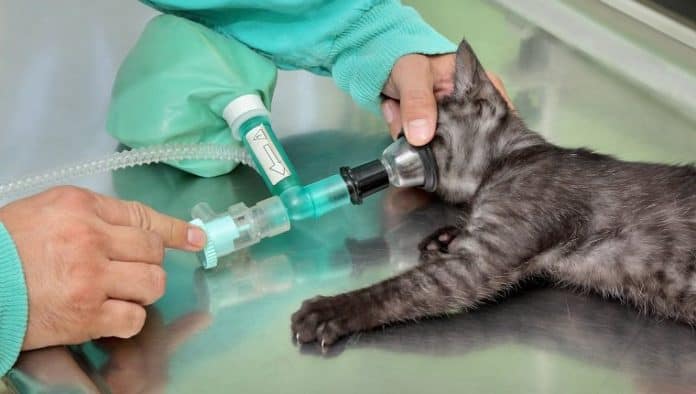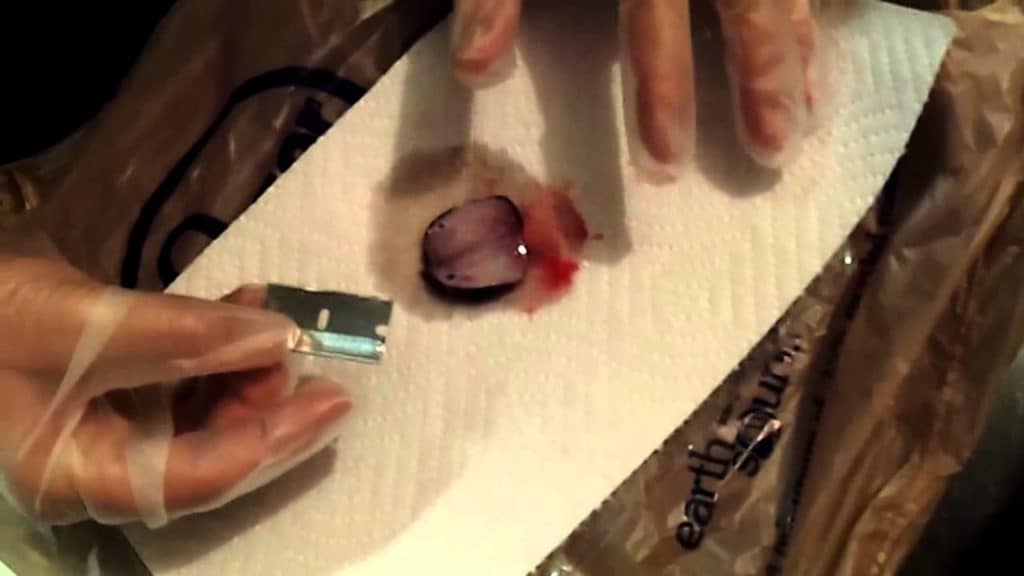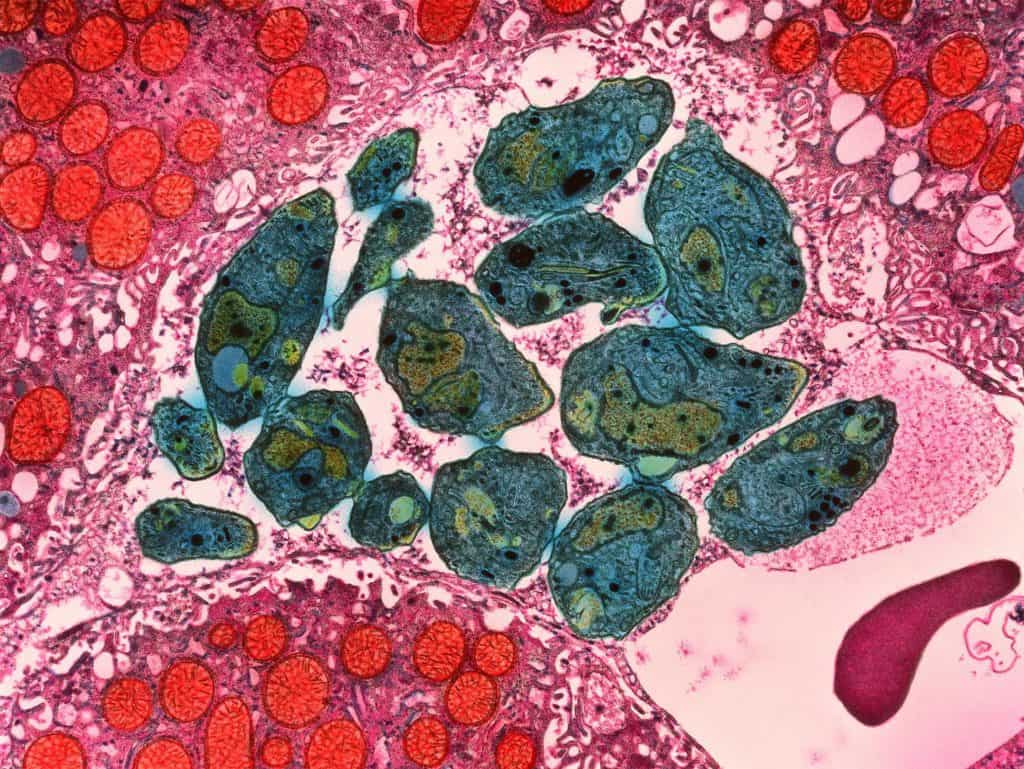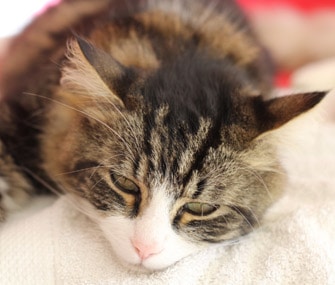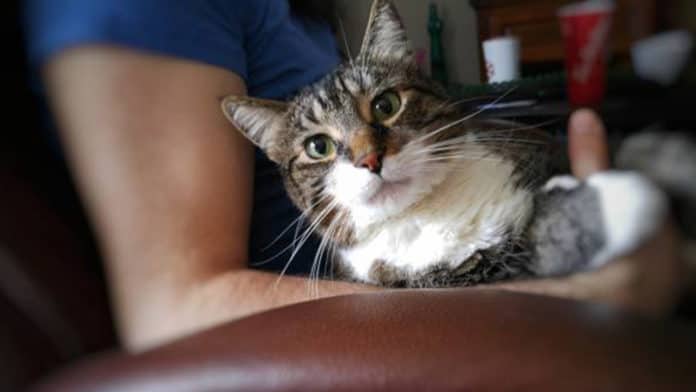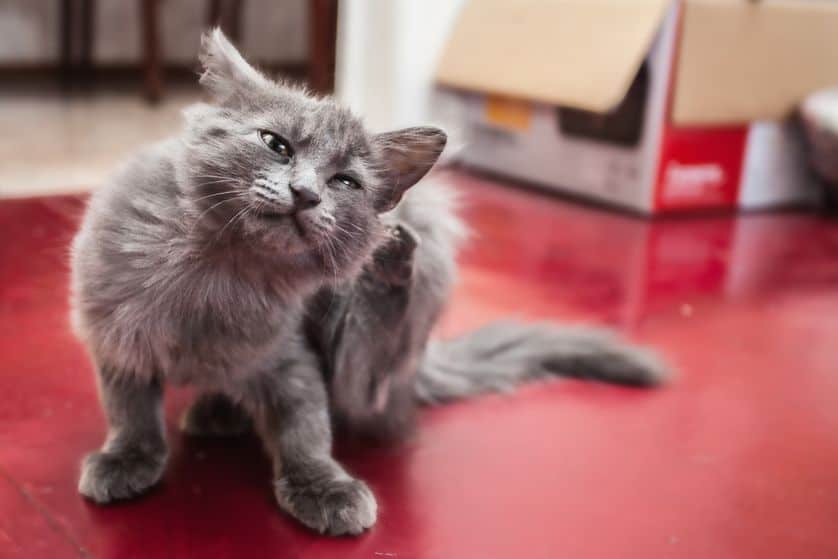Dental caries or cavities in cats is a condition wherein the dental hard tissues tend to decay as the outcome of oral bacteria on the surface of a tooth. Though dental caries aren’t common in the cats, it does happen and must be watched out for. Give this article a read and get to learn more about it.
Cavities in Cats: What is this feline condition?

Periodontal disease or cavities in cats, is the degradation and shearing off of the tooth below or at the gum line, which results in bloody, painful lesions, as well as the destruction of the whole structure of a tooth. The most common type of this disease is the tooth resorption, even though there are a few other kinds of cavities in cats.
Moreover, cavities in cats aren’t the same as the cavities that humans experience. Though it’s an extremely common illness and is thought to be found in about 85% of all the cats ages 3 and above, it is referred more as periodontal disease, instead of just a simple decay or cavities. When left without any treatment, the periodontal disease may become more austere as the cat gets older. The bacteria in the mouth makes a plaque buildup, as well as tartar on the teeth. This, overtime, may affect the tooth health, the whole dental structure, as well as possibly even the entire body.
Types of Cat Cavities
Here are the types of cavities in cats:
- Periodontitis. This is actually an advanced form of periodontal disease, wherein the ligaments, which hold the tooth are actually diseased. This may cause the root off the tooth to get exposed, as well as make the tooth become so unstable. Tartar and plaque buildup, infection, inflammation, and gum recession are obviously evident as the bone, gum, and tooth are being destroyed.
- Stomatitis. This is a chronic, so painful condition, which may affect the whole oral cavity starting at the gingiva. The inflammation may first be seen at the back of the mouth, even though the inflammation may take place anywhere in the mouth. Further, the condition is mainly known as the lymphocytic plasmacytic gingivostomatitis complex or the chronic stomatitis.
- Gingivitis. This is the inflammation of the gingiva –the gum that surrounds the tooth, starting with a tartar and plaque buildup on the surface of the tooth. This is the sole periodontal disease, which may be entirely reversed, as long as it’s diagnosed in an early stage.
- Feline odontoclastic resorptive lesions. This is mainly known as the tooth resorption. It is the most common kind of periodontal disease that affect 3 out of 5 cats ages 5 and above. These painful lesions are found on some other teeth as well.
It is so important to note that every type of cavities in cats, when left untreated, may develop into a chronic infection, which may enter the bloodstream, and travel into the internal organs, which may cause wider spread of the condition.
Causes of Cat Cavities
Currently, there are no exact cause of the cavities in cats, even though plaque and tartar buildup is involved in each of the cases. Some other suspicions may include the following:
- Environmental influences
- Tooth injury
- Tooth alignment trapping plaque and tartar
- Chemistry in the mouth
- Genetics
- Diet
- Lack of routine cleaning
Symptoms of Cat Cavities
The symptoms of the cavities in cats may often include the following:

- Weight loss
- Bloody spots on the tooth
- Nasal discharge
- Food falling often from the mouth
- Eating only on one side of the mouth
- Pawing at the mouth
- Drooling
- Bad breath, which gets more austere over include
Less ostensible symptoms include:
- Irritability
- Reduced appetite
- Reduced daily activity
- Increased sleep
The symptoms of cavities in cats may be hard to detect. Cats actually don’t often show signs of pain, up until they can no longer handle it. Close, thorough observation by the cat owner is necessary in assessing the presence of any pain.
Treatments for Cat Cavities
The treatments for cavities in cats mainly depends on the type of cavities it is.
- Periodontitis. The extraction of the tooth is the sole treatment for this type. This is mainly because of the austerity of the condition.
- Stomatitis. An early cleaning of the teeth followed by an at-home care and the use of antibiotics and anti-inflammatories is possible in most of the circumstances. The immunosuppressive medications might also be used.
- Gingivitis. Mild up to moderate cases of gingivitis don’t affect the root of the tooth and might be handled with a complete, non-surgical cleaning known as the subgingival curettage with some at-home care.
- Feline odontoclastic resorptive lesions. The extraction of the teeth, as well as the whole structure is the only way in making sure that the disease doesn’t spread.
The cat owner must ensure that the vet is sufficiently equipped and supervised in handling these kinds of surgical operations. If not, they need to ask the vet for some recommendation to a cat dental specialist. o


